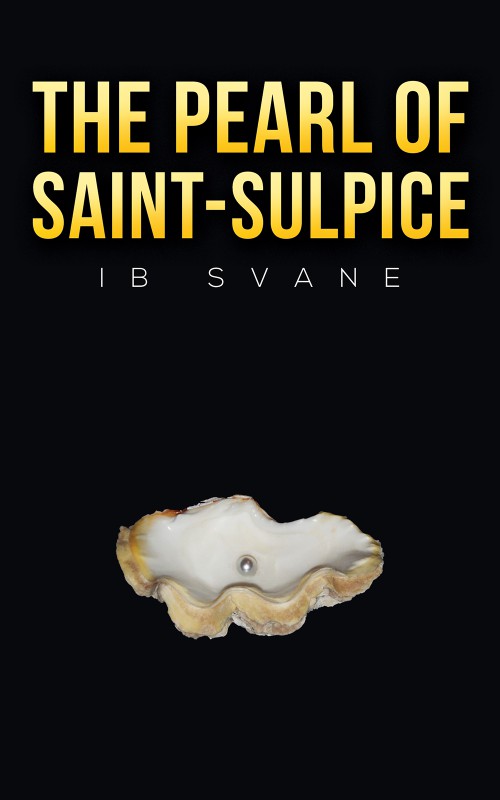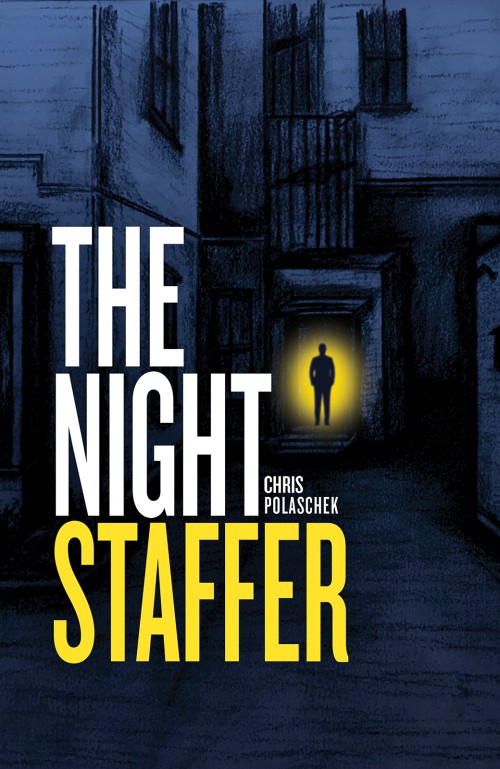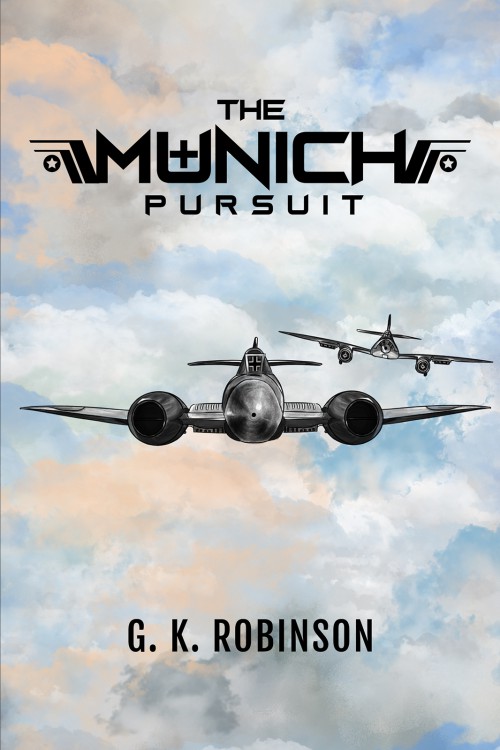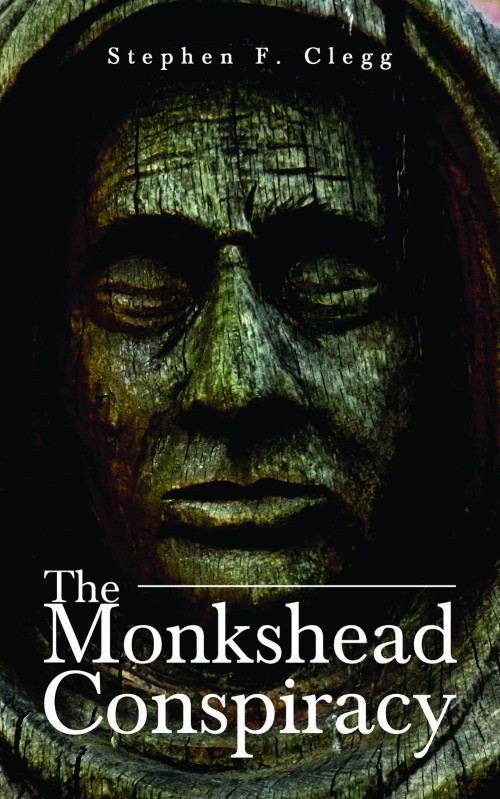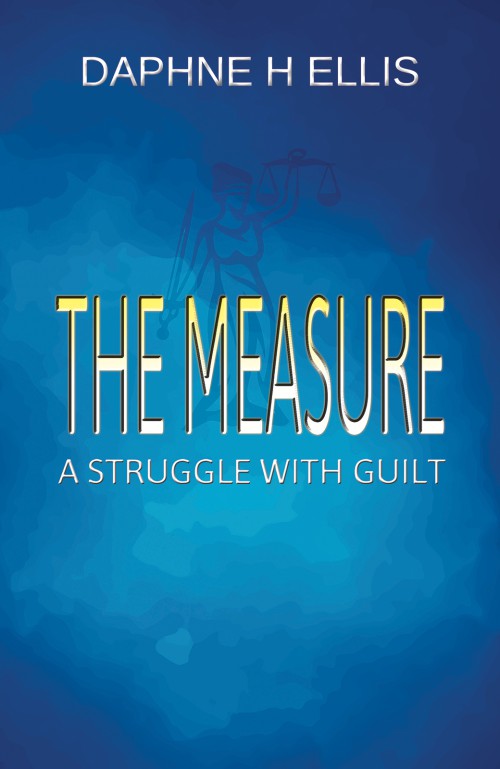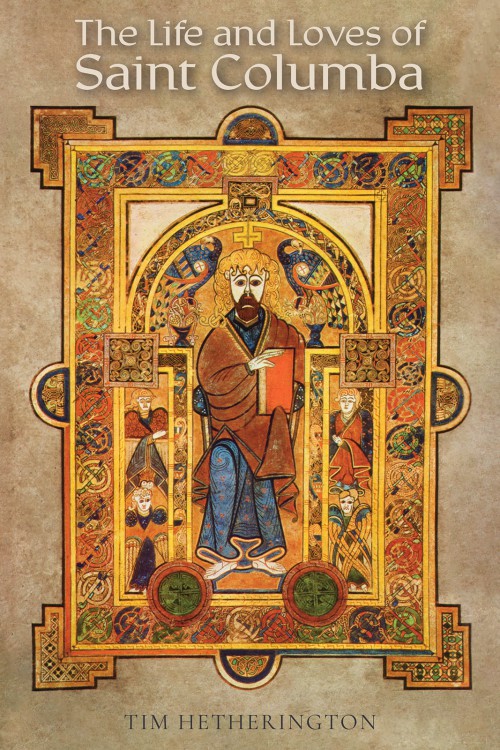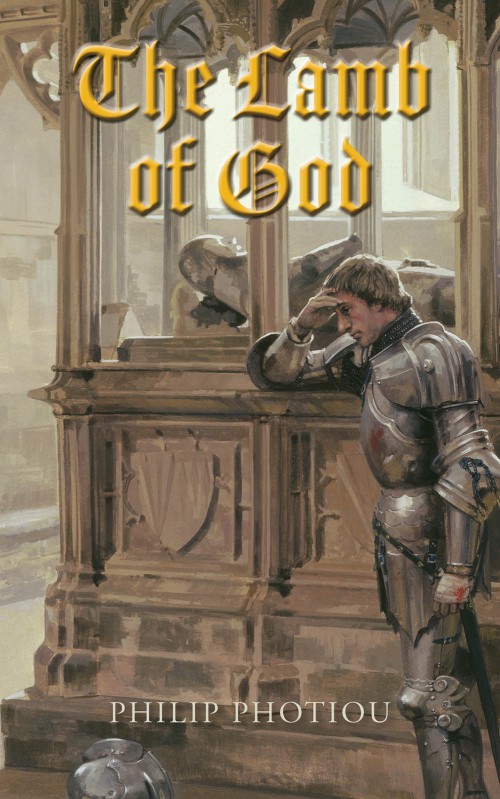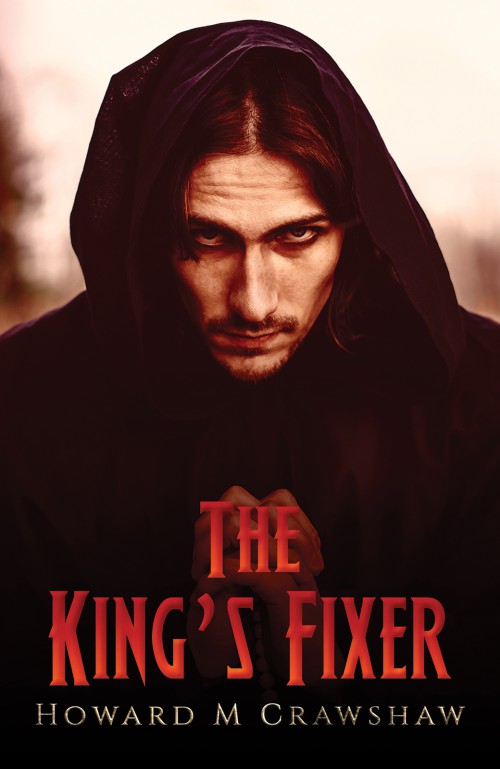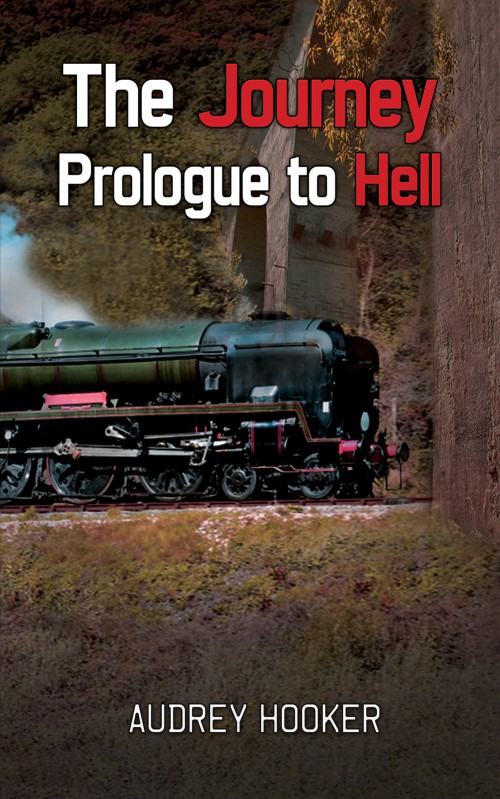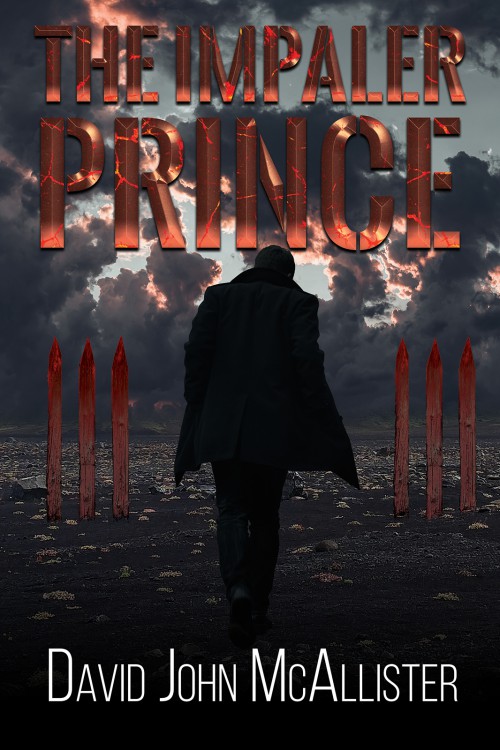-
The Pearl of Saint-Sulpice
In the Church of Saint-Sulpice, Paris, there is a holy water font. It was made of a shell of the giant clam, Tridacna gigas. I often wondered where it came from because these clams are only found far away from Europe. I found it intriguing that the shell already arrived in France in the early sixteenth century as a gift from the Venetian Republic to King Francis I. Where did it come from? What story could such a shell tell? What thoughts did the sculptor, Jean-Baptiste Pigalle have when he carved the beautiful column upon which the shell rests? What is its religious significance? Only a few pearls from giant clams are believed to exist, and their origins are shrouded in mystery. Is there a pearl somewhere belonging to this clam? It will have to be the Pearl of Saint-Sulpice, alias the Pearl of Allah. The pearl took me on an unexpected adventure to the French Revolution and before, to a1964 scientific meeting where the descendants of the secret league of the Scarlet Pimpernel unites and onwards to the Turkish invasion of Cyprus in1974 where I faced the prowess and strength of the guardians of Aphrodite in the Troodos Mountains. Join me if you dare.
£3.50 -
The Night Staffer
Wyatt starts work as a night staffer at the local Boy’s Home. He hopes it may be a stepping stone to a career as a social worker.
Fifteen-year-old petty offender Jai is taken to the Home after he is caught for a burglary that goes horribly wrong. Wyatt, who processes his admission, is the first staff member Jai meets.
Wyatt is an accomplished musician and most nights, once the boys are in bed, he sits in the night staff office and plays the guitar. It can be heard from the dormitories and helps to keep the boys settled. Jai also plays the guitar and he is intrigued when he hears his favourite tune Shuffle Rag. He sees an opportunity to learn it.
The two eventually form a bond around their shared love of music.
The Boys Home is a dynamic, volatile, and challenging environment. Both Jai and Wyatt need to find their place and learn how to survive.
As time passes, they experience a series of events that will significantly shape their futures.
£3.50 -
The Munich Pursuit
Fiction based on fact, this a story of the search by the Germans and British to establish how far the other has reached in the development of a jet-engined fighter plane prior to WW2. In UK, the Germans use a dissident South-African-born engineer who lost both parents in the Boer War and harbours a resentment against the British government. Dogged police work eventually exposes him. In Germany, the British lose their experienced agent and are forced to use two reserve officers to fill the gap. The two are discovered by the German Security Forces in the act of taking photographs. They are forced to flee across Germany and France with their information, the Germans in hot pursuit. The German Security operatives have orders to kill them and retrieve the photographs. The Munich Crisis of 1938 with the threat of war causes travel chaos and in part, hinders both sides in the pursuit.
£3.50 -
The Monkshead Conspiracy
In 1864, a band of monks from an obscure religious branch move into Chadkirk near Manchester, England, and within weeks, children start to go missing.
In 2009, a minor earthquake near Manchester exposes a huge wooden beam with a sinister and intriguing inscription on it and at the same time, a series of unusual and unsettling incidents begin to occur in a wood nearby.
Historic researcher Naomi Wilkes is called in to investigate and she has no idea of the horror she will uncover.£3.50 -
The Measure
One early winter’s morning, a teenage boy is found lying outside the gates of a monastery. The monks take him in, and eventually, in terrible distress, he tells them that he has killed his father. This story follows the life of the boy’s father and the discovery the boy makes about his father’s past.
£3.50 -
The Long Dark Trail
The Long Dark Trail is an epic, centuries-spanning saga of American life, covering various generations of the Allen family, from their humble origins in England to their friendship with the neighboring Green family and beyond. The two families’ reactions to black emancipation could not be more different: while the Greens choose to give their land away to their former slaves, the Allens remain wedded to the past. By the middle of the twentieth century, the family patriarch Bob Allen continues to pursue his vicious hatred of people of color, even as the ground starts to shift beneath his feet…
This extraordinary novel provides a soul-searching account of America’s miraculous, complex history, recounting the triumphs and despairs of generations of white and black Americans joined together by slavery and its aftermath. The country’s changing racial landscape is reflected in the fortunes of the book’s main protagonist, Bob Allen’s daughter Elizabeth, and her biracial “dream son” Jesse.
£3.50 -
The Life of Riley
Set in the backstreets of North London in the early 1900s, The Life of Riley is drawn from the diary of Lily Plant, the author’s grandmother. Combining fiction with meticulous research into the landscape of London in this period, the author has painted a colourful and moving tale of poverty and love, alcoholism and kindness. This is a world in which families live in two rooms, four families share a house and hunger is the norm. This is the story of Ray Riley, from childhood to adult life. It will make you laugh, and probably make you cry, and it will make you realise how lucky you are.
£3.50 -
The Life and Loves of Saint Columba
‘Years ago, I was captivated by a magical day spent on Iona and dreamed of writing a book on St Columba, an inspirational man far ahead of his time, who challenged the institutions of church and state, and created a monastery that became a beacon of spiritual and artistic light during the dark ages.’ Tim Hetherington
In this bold take on the life of Saint Columba – the founder of the religious community on the Scottish island of Iona and one of Ireland’s three patron saints – Tim Hetherington eschews the pieties of a conventional hagiography in favour of a more down-to-earth view of the saint and the religious, social and political world of Ireland and Scotland in the sixth century AD. Originally named Crimthann – the fox – and a member of the powerful Ui Neill Clan, Columba’s remarkable gifts of intellect and character were quickly noted and nourished by the leading clerics of the day. But his impetuous nature and family loyalties led him to involvement in political intrigues and conflicts.
Denounced by Church leaders, Columba left Ireland with twelve monks and founded the monastery on Iona. Over the years he established the Christian Church throughout Dalriada, the Irish kingdom in Western Scotland, and then in the rest of Scotland ruled by King Bridei of the Picts. Columba aligned himself closely, perhaps too closely, with the Dalriadan royal family. But the sheer force of his personality and his dedication to spreading Christianity by written works as well as by word of mouth ensured his special place in history.
Masterfully blending extensive research and novelistic imagination, The Life and Loves of Saint Columba is full of fascinating insights into the nature of faith and spirituality. This is a must-read for anyone interested in Christianity or Irish history.£3.50 -
The Lamb Of God
England, the 1460s: the conflict known as the Wars of the Roses, pitting Lancastrian against Yorkist, is at its height. After his terrible experiences at the Battle of Towton and the siege of Bamburgh Castle, Philip Neville is tasked with finding and escorting the recently deposed Henry VI – a man so pious and kind-hearted that many call him ‘the lamb of God’ – to London. During the period of relative peace that follows, Philip, previously disappointed in love, is at last persuaded to take a wife and make his way at court but finds it difficult to rein in his belligerent and insubordinate nature.
Despite his burning hatred for the ambitious nobles who have profited from the war, Philip remains steadfastly loyal to the new king, Edward IV. However, that loyalty is tested as never before when the alliance between the two most powerful men in the country – King Edward and Richard Neville, known as ‘Warwick the Kingmaker’ – begins to fray…
The Lamb of God is the second book in Philip Photiou’s War of the Roses trilogy. The first, The Wrath of Kings, was praised by best-selling author Philippa Gregory for its ‘intense realism and wealth of period detail’: qualities that The Lamb of God displays on every page.£3.50 -
The King's Fixer
Thomas Crookes, a depraved 15th century priest driven by an insatiable pursuit of power, resorts to murder and blackmail to rise within the medieval Church, itself rife with corruption maintaining its hold over the people by expounding the threat of hell-fire whilst tolerating iniquity and immorality in its own ranks.
Thomas, full of ambition, ingratiates himself with King Edward IV becoming his close confidant and fixer, thus thrusting him into machination and intrigue at the very heart of the kingdom.
This is medieval society in the raw with its bawdiness, brutality and violence brought to life in colourful detail. The bloody battles of Towton and Tewkesbury, the hunting, feasting, whore-houses, public executions, superstition and bustling markets all combine to make a gritty gripping story in an extremely evocative 15th century setting.
£3.50 -
The Journey – Prologue to Hell
The Journey – Prologue to Hell is indeed what the book’s title tells all its readers. It gives exactly the train passengers’ experience to those who’d been gathered up from their homes to be transported on it. To what, those passengers had wondered. Given false knowledge of a wonderful life they were being taken to by Nazis who’d dragged them out onto the road into waiting lorries then onto a train, they soon found that was false. They discovered the train journey didn’t lie, though; it showed its passengers the truth long before it ended.
£3.50 -
The Impaler Prince
In fifteenth-century Eastern Europe, Vlad III of Wallachia conducted a reign of terror. He had citizens impaled by the thousands. People were butchered on his merest whim. In his realm, and beyond it, men and women lived in dread of the Impaler Prince. And this Prince revelled in the horror he inspired.
He was a sadist, seen by some as a being of unequalled depravity, even as the Devil’s own spawn. But Vlad was also a man who had the qualities of a great leader: strength, courage, intelligence and commitment to an ideal. He was a crusader against the infidel who considered himself a true warrior of Christ.
Here, his story is told by four men whose lives overlapped with his; men who were influenced by him to the point of obsession. But it is also told by Vlad himself. The inner thoughts of the butcher of Wallachia are exposed. And there is much more to this sinister figure than many would have imagined.£3.50

